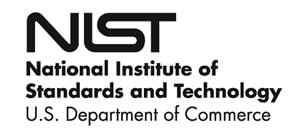RSS Feed Source: Academic Keys
Research Opportunities
Computer Science; Informatics
Work description
The design and development of automated data pipelines for pre-processing, anonymisation and efficient storage of large volumes of clinical data. The creation of backends and APIs using frameworks to integrate AI models with hospital interfaces. The implementation of security mechanisms and compliance with the LGPD/GDPR and hospital standards. The technical integration of the predictive model with existing hospital systems, guaranteeing interoperability and performance.
Active collaboration with the scientific team in the technical and methodological documentation of the solutions developed and in the writing of scientific publications.
Academic Qualifications
Master’s degree in computer science.
Minimum profile required
Knowledge of Software Engineering. Knowledge of Data Science.
Preference factors
Solid academic background in Computer Engineering, Computer Science. Relevant experience in backend software development and API integration. Knowledge and experience in managing and processing large volumes
Click this link to continue reading the article on the source website.



